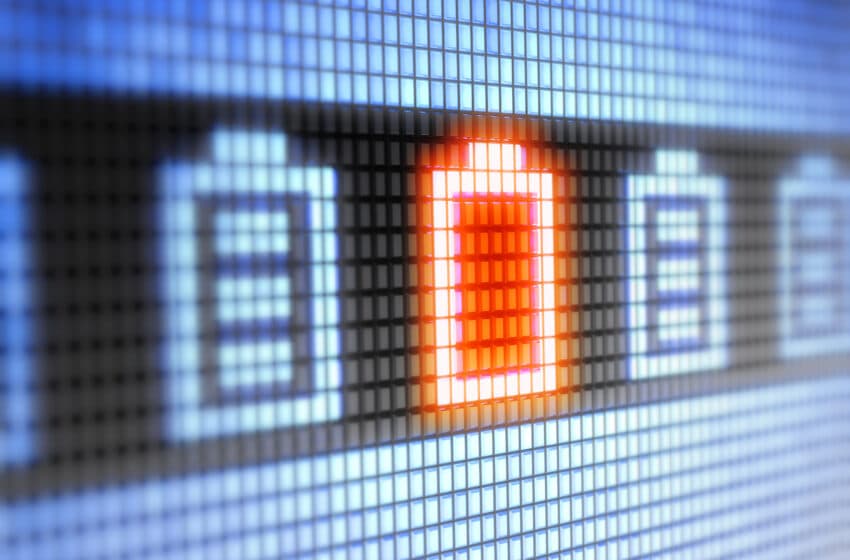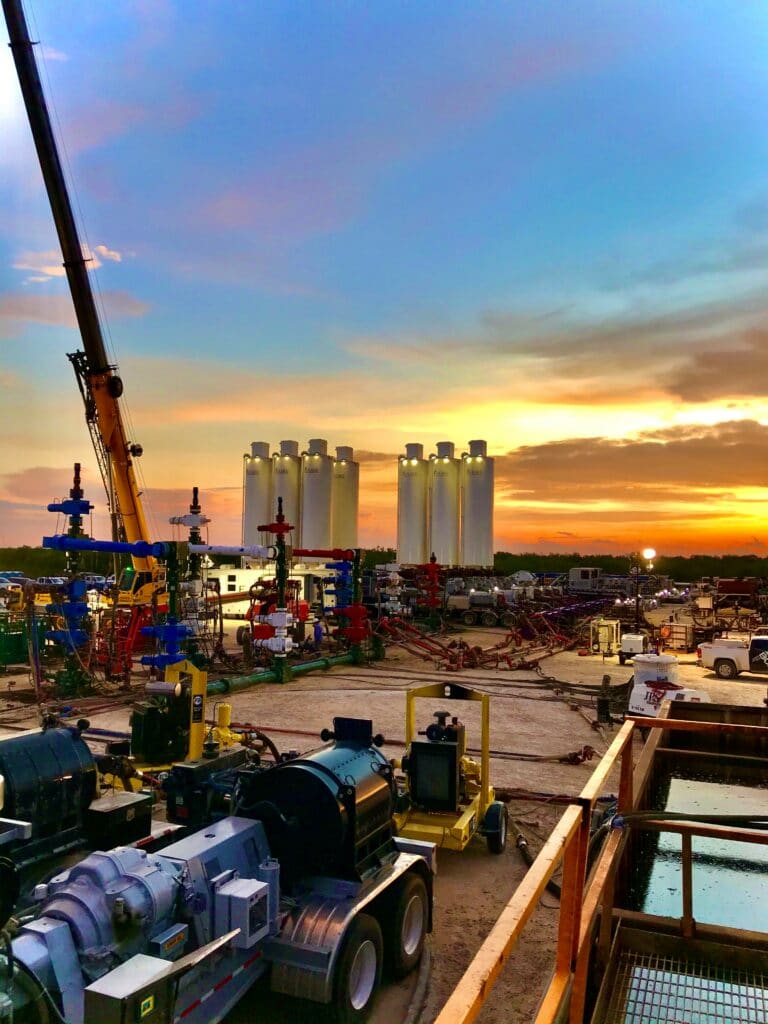The CEO’s Guide to Preventative Energy Management

Last winter brought a once-in-a-century winter storm that left many Texas businesses without power. Below, the CEO of a Texas power distribution company shares how preventive measures can keep power supply stable when the next storm hits.
Last February’s ice storms in Texas hurtled most CEOs into crisis-management mode as they struggled to keep facilities running and services delivered. Many are still taking stock of what they need to be more resilient during power outages in the future.
Data forecasting is a key strategy in assessing whether a business needs to upgrade current energy systems, build a backup capability, or access alternative energy sources. It’s most important to know what kind of data is valuable in avoiding the on-the-spot decisions that CEOs dread due to catastrophic failure. As we have learned, it is inherently difficult to predict the once-in-50 or once-in-100-year outlier events that seem to be more frequent in recent years.
In preparing for such events, CEOs and CIOs start by looking inward to what they know best: their own companies. If they ask the right questions up front, they can build the database they need to truly understand their sources of risk—and what it will take to contain that risk on an ongoing basis.
This approach focuses on preventative measures and finely tuned business strategies based upon ongoing data collection and analysis. In doing so, it seeks to reduce overdependence on backup power, such as generators fueled by diesel or propane, which may not be available in an extended outage, and on secondary power sources that may carry more costs. Further, it can identify where and how sustainable materials and practices can be introduced or embedded in a practical way.
As an industrial and power distribution company doing business in Texas and parts of Louisiana for 50 years, we at Turtle & Hughes have evaluated and advised a wide range of oil and gas, healthcare, transportation, and commercial entities on balancing energy efficiency and cost outlay. One hundred percent risk containment is often prohibitively expensive, but listening to each company’s priorities enables us to structure a power solution that they can manage even in turbulent weather and unforeseen disruptions.
A simple metaphor is to think about your own home: Before installing energy conservation measures, wouldn’t you first find out where you’re leaking heat and water? Or take another metaphor: In purchasing a generator, would you choose to pay dearly to turn on every appliance at once during an outage—or would you decide which appliances you really need, like the refrigerator, computer, and boiler, and just pay to turn on those?
Likewise, a CEO needs to assess each operational process that utilizes energy before knowing what the energy sources and levels should be. This requires comprehensive data—you must know both the usage requirements of the critical facility and the actual requirements for energy in an emergency.
The CEO who is willing to lead this kind of data-driven internal audit can make clearer investment decisions that avoid the costs of an extended outage and enables continued delivery of customer orders and service.
Here are some guidelines to obtain the data you need to optimize consumption today and better weather an unknown future:
Button up your maintenance
It sounds mundane, but be sure your team is meticulous about the maintenance of all operating systems related to powering the facility. For example, there are different types of pipe that transfer liquid or gasses. When the unusually cold weather hit in February, the pipes with less resilience broke, leaving companies without power whether they had access to it or not. By regularly evaluating the durability of the equipment, a company might have a better sense of what pipes can be upgraded.
Conducting proper maintenance will also help minimize additional costs when connecting to a backup power source. At Turtle, as we worked to support and supply materials to the businesses that were impacted by the storms, it became clear that basic preventative maintenance is the most important first step. Having a fully functional, operational system in place minimizes the chances of a crisis scenario when a company needs to switch from a primary power source to a back-up source. Options are available for seamless transfer to alternative energy sources.
Make sure you have an accurate and all-inclusive data source
You need to be able to track the use of all your power sources, regardless of whether they show up in the utility section of your P&L. We have seen estimates on power use off by as much as 25 percent, which can make a big difference in contingency planning.
Ask your team for monthly updates of every way they consume power for normal business flow, preventative business flow, and maintenance. This provides your company with the data to determine what operations a generator will need to support.
Stay vigilant on safety code compliance
Plant managers and service delivery locations are typically not inclined to overhaul functioning equipment. But energy drains and fault lines can lurk within the complexities of an industrial, manufacturing, or even lab or office facility. In this environment, it’s easy to drop your guard and fall below current National Fire Protection Association standards.
For example, outdated lighting draws more electricity than sustainable equipment and can be vulnerable to outage. If a plant requires lighting 24 hours a day, it’s crucial to know power sources and uses for the entire system.
Also, is the lighting and all other equipment installed in line with local codes and standards? If equipment is old, frail and dangerously out of current code requirements, failures occur regardless of whether alternative power is available or primary power can be turned on.
This can be prevented with technology that drives safety and efficiencies—a cost considered well worthwhile when a crisis hits.
Chart a plan to embed sustainable solutions in your organization.
With the above information collected, your management team can evaluate the costs and benefits of introducing sustainable materials and energy sources into your facilities. Wind and solar power cover vast areas of West Texas, and they too suffered from the ice storms when the wind turbines froze over. Wind and solar assets are by their nature intermittent. Coupling these with, for example, battery systems can make these resources available 24/7. There are many cases where such resources have been integrated into microgrids used as primary or backup energy sources.
Today’s CEO knows that what matters gets measured. Gut decisions may always be necessary in a crisis, but it’s also critical to have the clarity that comes with ongoing analysis of forward-looking data. Armed with this, a company can chart its path to more stable, predictable and practical energy management.



